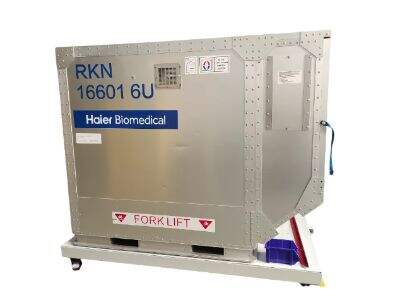In everyday life, we will rely on the battery very much. They power many of the devices we use regularly — our cell phones, tablets and even cars. These devices would not work easily without batteries. Nickel-based batteries One of the most common types of batteries that we use a lot. They are a remarkably efficient and effective way to use special materials.
Nickel-based batteries consist of three main components: the cathode, the anode, and the electrolyte. The cathode, the positive part of the battery, is formed from materials like nickel, cobalt, and manganese. These materials interact to help the battery store energy. The negative part of the battery is called an anode, and is made of graphite. The electrolyte is a special inside liquid the battery and is a solution of lithium salt in some other type of liquid. This liquid aids in transporting energy between the battery's two parts.
How Nickel-Based Batteries Function
What all of this means is that it is extremely useful to understand how the components in a nickel-based battery function when combined together to create energy. The electrochemical reaction that occurs between the cathode and the anode during battery usage generates energy from the battery.
When the battery is in action, the lithium ions, tiny positively charged particles, travel from the anode to the cathode through the electrolyte. This movement of lithium ions generates electricity, which we can use to charge our devices. Meanwhile, tiny particles known as electrons do cross from the anode to the cathode, too, but they do so outside of the battery. The movement of electrons is what fuels the phones, tools and other electronic devices we use.
Nickel in Powerful Batteries: Why We Use Them
Nickel-based batteries are one of the most-used batteries in tools, hybrid electric cars, and energy storage systems. They have high energy density at small sizes and long life before having to be replaced. This makes them extremely useful for various applications.
And for an added bonus, nickel-based Ni-MH Battery Pack are believed to be more environmentally friendly than a lot of other battery chemistries. They also aren’t bad for us and the planet because they don’t contain metals who are poisonous such as lead and cadmium. These advantages has made it a preferred choice for electric cars that place a high value on energy efficiency and eco-friendliness.
Nickel-based batteries The science behind nickel-based batteries
Scientists and engineers spent years developing nickel-based batteries. They work very hard building Ni-MH Battery Material that should provide us power when we need it most.
When scientists create nickel-based batteries, they consider a lot of key aspects. They think about what materials to use for the cathode and anode, what type of electrolyte will be most effective and how much energy the battery will need to store. Different Ni-MH Battery Cell are then used for different applications depending on how much power is needed and how long the battery has to last. This means that for each purpose each battery is carefully planned to perform its job efficiently.
Nickel-Based Battery Technology: An Overview
Researchers are constantly investigating nickel-based batteries to optimize their function. Research has been ongoing all around the world, with organizations like Hunan Copower pushing the envelope in specificity on a new and exciting class of battery technology.
Hunan CopowerResearch, develop, fabrication, design manufacturers of energy storage system This is a company increasingly focused on nickel-based batteries, and always looking to be innovative and make products to meet the challenges of a changing energy industry. Their efforts are paving the way toward more effective and sustainable methods of storing energy for a range of applications.

